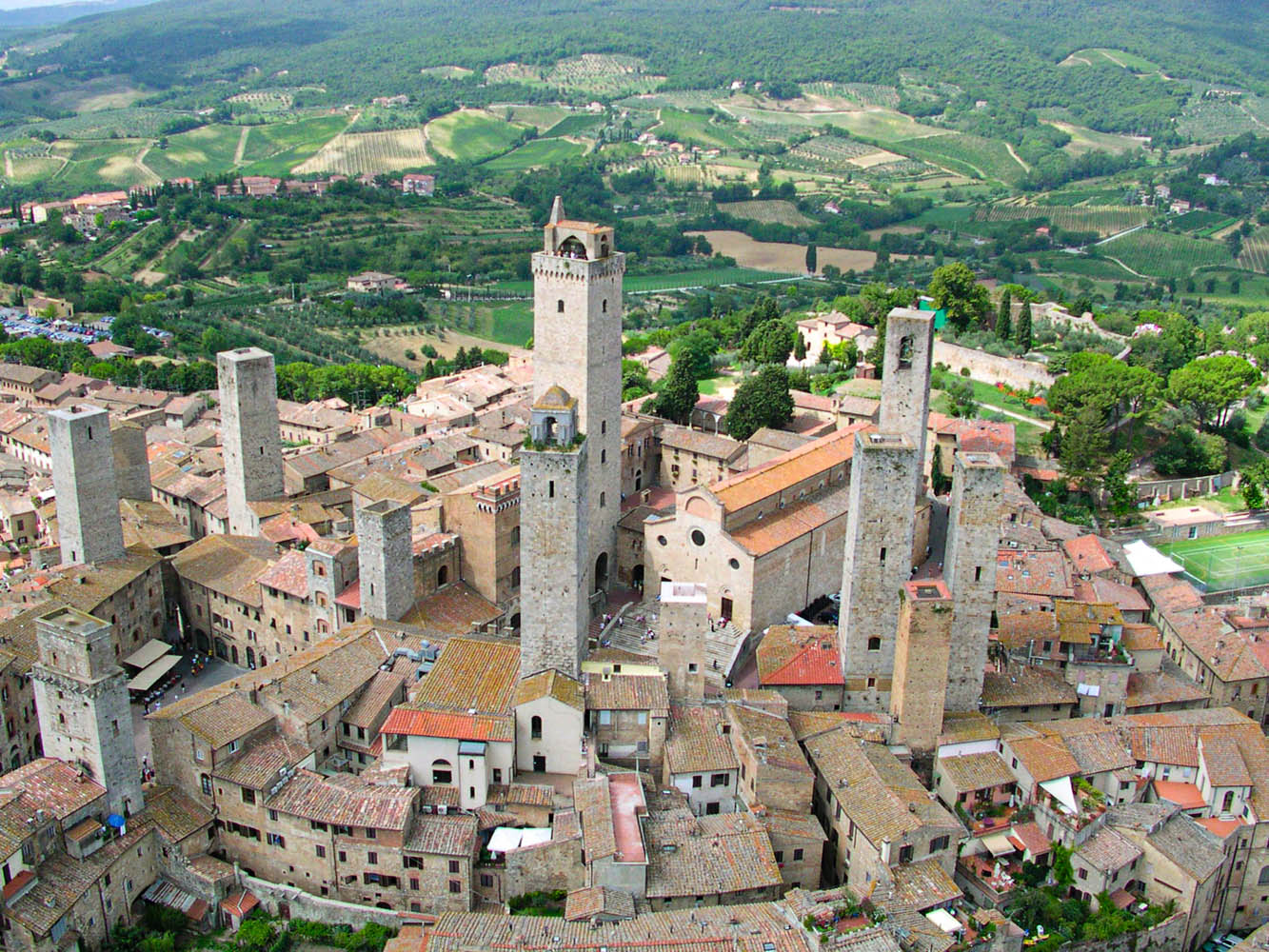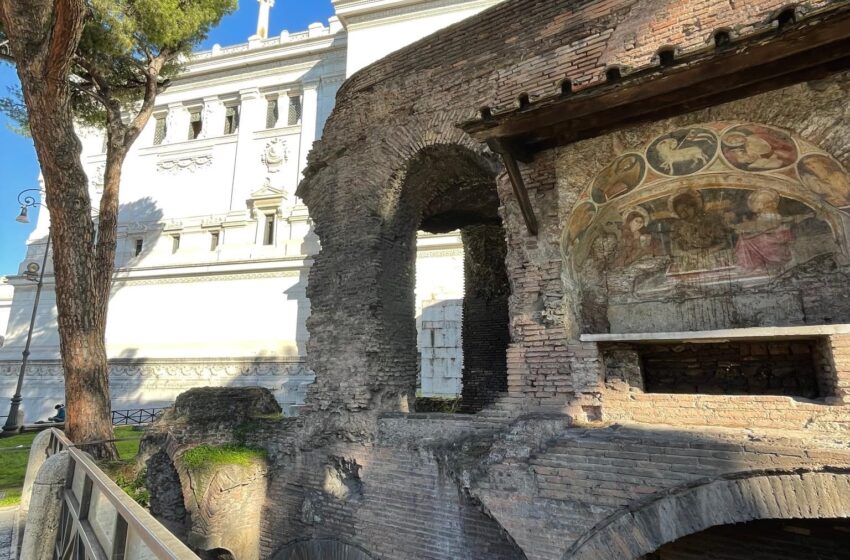
Hidden Rome: A blemish in Botticino marble. The ruins of the Altare della Patria
Dear friends, today I will introduce you to a little-known yet charming corner in the heart of the capital. Right next to the Altare della Patria, the monument designed by architect Giuseppe Sacconi and inaugurated in 1911 to celebrate the fiftieth anniversary of the Unification of Italy, nicknamed by Romans as the “Wedding Cake” or “Typewriter,” lie the ruins of what remains of the medieval complex of houses, streets, and squares swept away to allow for the expansion of the square to match the size of the monument, symbol of Rome as the capital of the new free and united Italy.
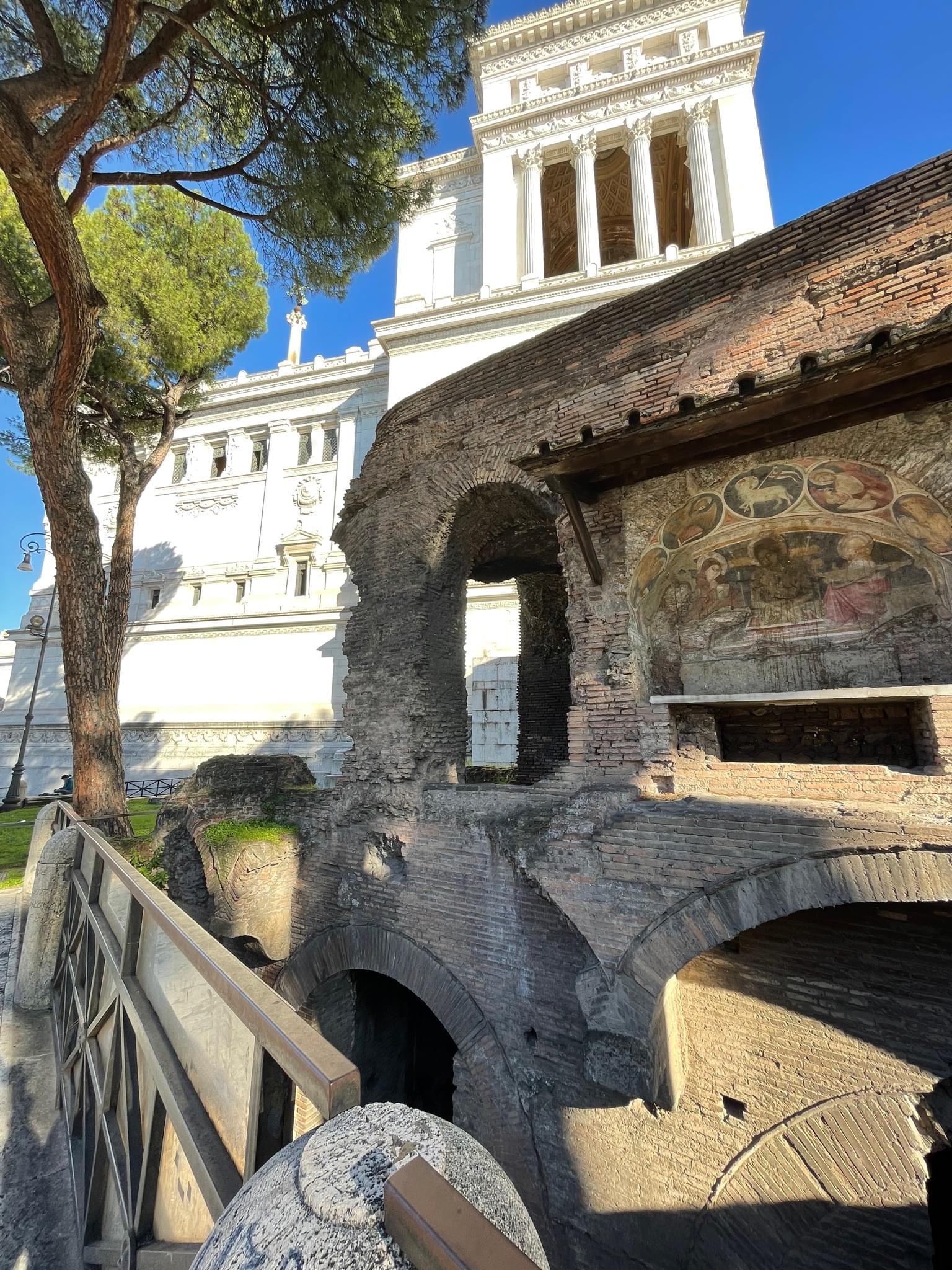
Between 1885 and 1911, an area of 19,200 square meters was razed to the ground, erasing amid controversy important testimonies of medieval and Renaissance architecture and reshaping the face of the city according to the canons of modernity, as was happening in other neighborhoods (Prati, Esquilino, etc.). In this way, some historic streets of Rome and their respective neighborhoods disappeared, such as Via Della Pedacchia, Via Di Testa Spaccata, Via Della Ripresa Dei Barberi, Via Macel De’ Corvi, and the adjacent square where the artist Michelangelo resided.
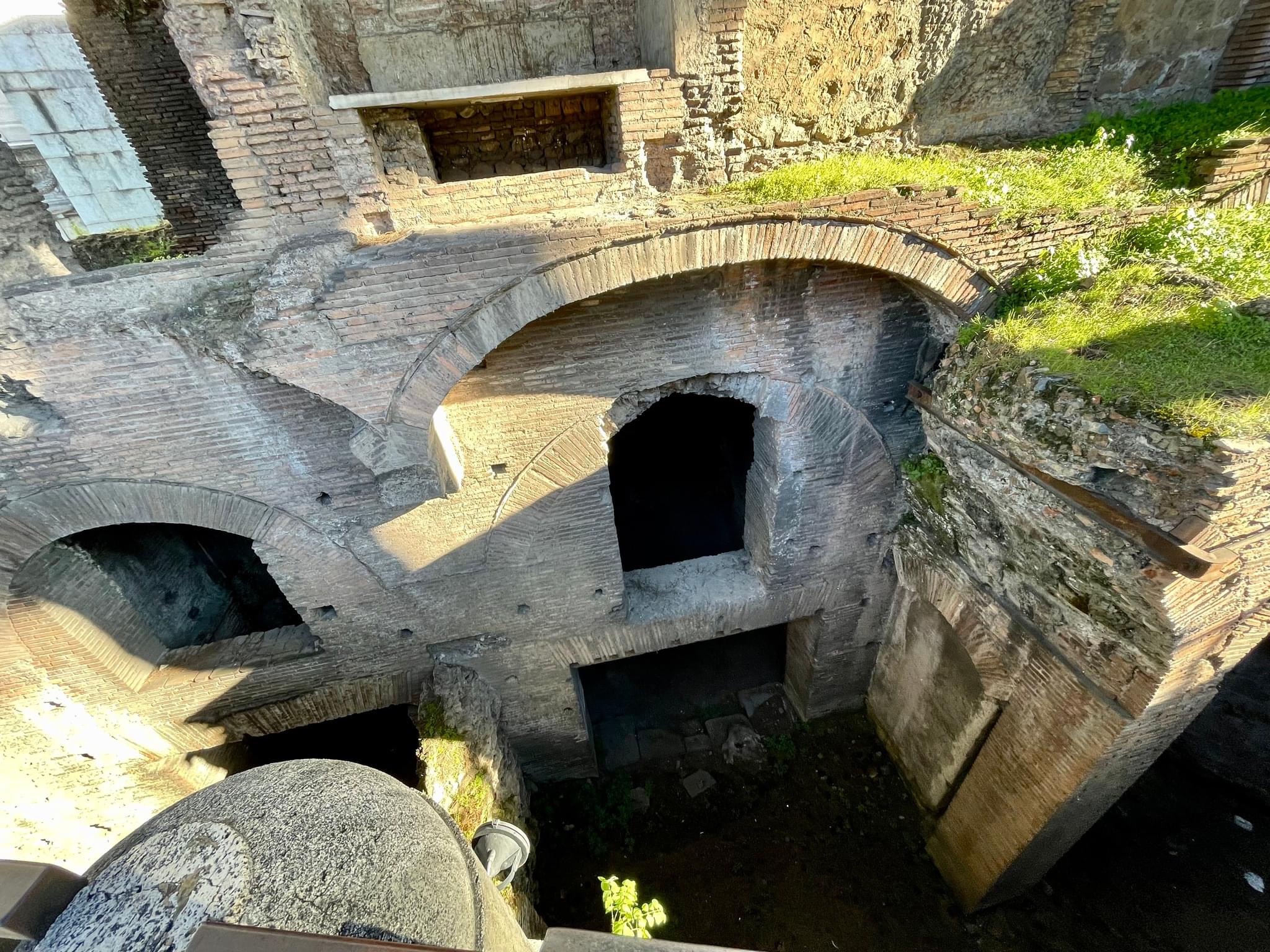
On the other hand, other streets were transformed by demolishing all the buildings on their sides, such as Via Giulio Romano, Via San Marco, and Via Marforio. What remains of the nineteenth-century upheaval, anticipating the pickaxe fury of the fascist ventennio, is a strange ruin squeezed between the dazzling white of Botticino marble and the 124 steps of the staircase leading to the Ara Coeli. It is the ruins of a Roman building from the 2nd century, an insula that rose for six floors, of which only four are preserved today.
The building miraculously survived, as tradition has it, thanks to the protection of two saints, St. Blaise and St. Rita, who had their churches here. Whatever the reason, the ruin that survived the modernizing pickaxe and magically appears next to the marble giant is already a small miracle in itself, reminding us that it is not always the splendors that evoke emotions, but also the humble remains of a world that continues to inhabit our memory and our soul.

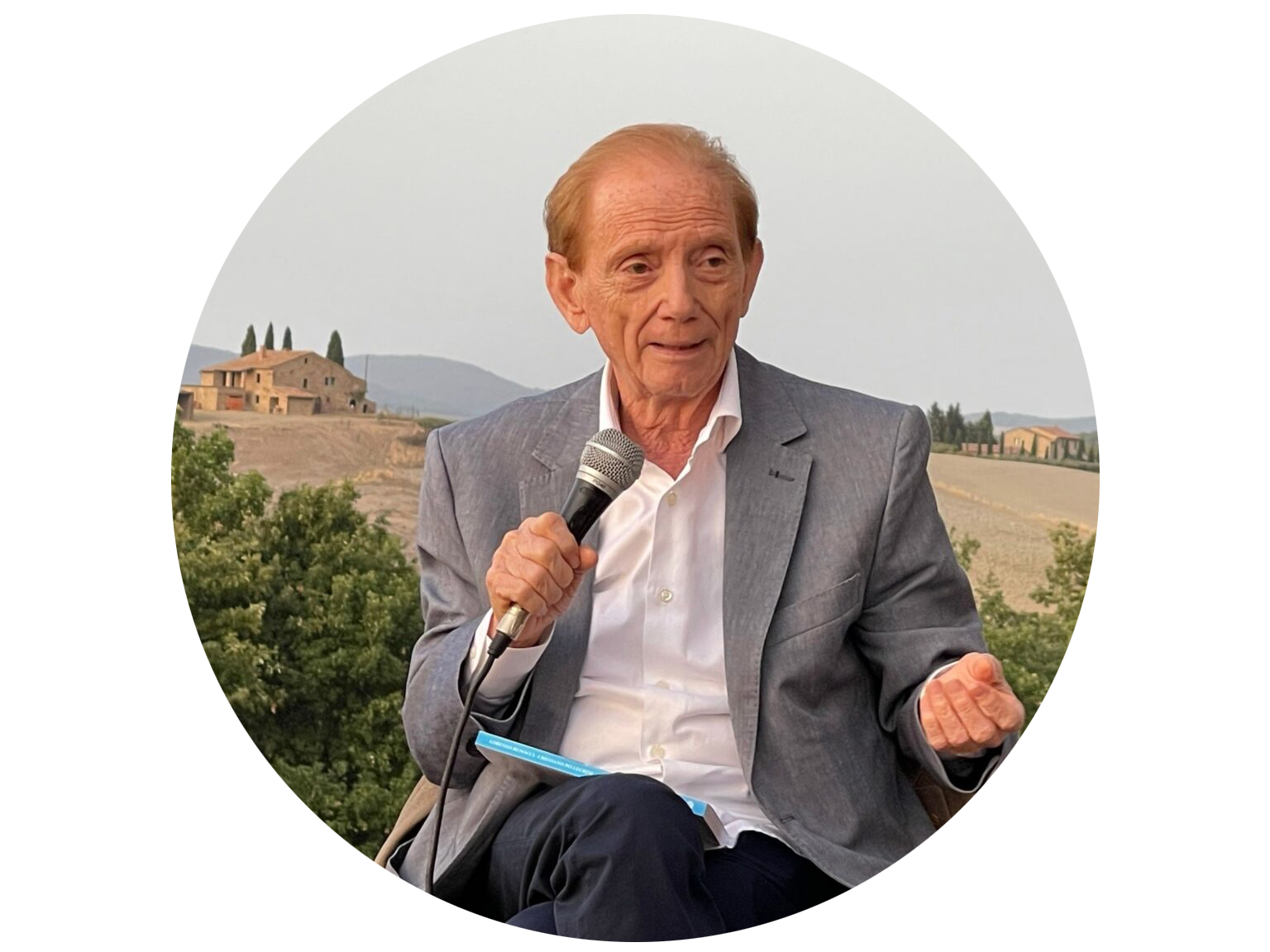
Giornalista italiano con oltre 40 anni di esperienza nel mondo dei media.
Leggi in:
![]() Italiano
Italiano






